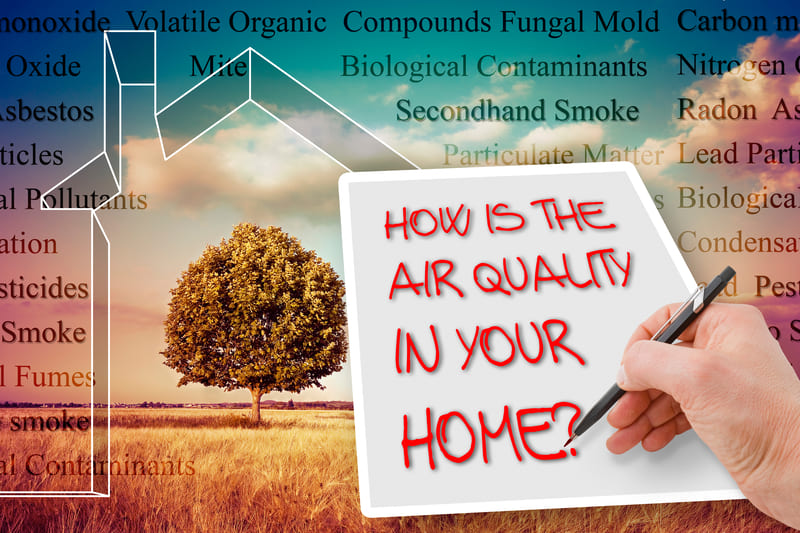
AirMD Mold Testing

Mold testing is a process used to detect the presence of mold in indoor environments. It’s typically performed by professionals who collect samples from various surfaces or the air and analyze them to identify mold species and assess the extent of contamination. Here’s an overview of the common methods used for mold testing:
Air Sampling
This method involves collecting air samples from indoor spaces to detect airborne mold spores. Air samples are taken using a specialized pump and a collection device such as a spore trap or a cassette. The samples are then sent to a laboratory for analysis, where they are examined under a microscope to identify and quantify mold spores present in the air.
Surface Sampling
Surface sampling involves collecting samples from visible mold growth or suspected areas of contamination. Various techniques can be used for surface sampling, including tape lift sampling, swab sampling, and bulk sampling. Tape lift sampling involves using adhesive tape to collect mold spores from surfaces, while swab sampling uses a sterile swab to collect mold samples. Bulk sampling involves removing a piece of material (such as drywall or carpet) from the affected area for laboratory analysis.
Moisture Testing
Mold requires moisture to grow, so moisture testing is an essential part of mold inspection. Moisture meters and thermal imaging cameras are commonly used to detect moisture levels in building materials such as drywall, wood, and insulation. Identifying areas of high moisture can help locate potential mold growth sites.
Visual Inspection
A visual inspection is often the first step in mold testing. Trained professionals inspect the property for visible signs of mold growth, such as discoloration, water stains, or musty odors. They also assess areas prone to moisture problems, such as basements, bathrooms, and attics.
HVAC System Inspection
Mold can also grow in HVAC (heating, ventilation, and air conditioning) systems, spreading mold spores throughout the building. Inspecting HVAC systems for mold contamination involves examining air ducts, filters, coils, and drip pans for signs of mold growth.
Once the samples are collected, they are analyzed in a laboratory to determine the type and concentration of mold present. The results of mold testing are used to develop a remediation plan to address any mold problems and improve indoor air quality.






